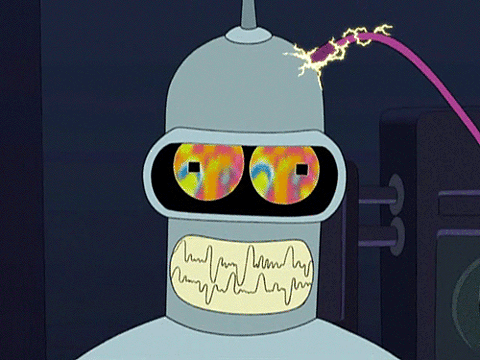BENDR: using transformers and a contrastive self-supervised learning task to learn from massive amounts of EEG data
Deep neural networks (DNNs) used for brain-computer-interface (BCI) classification are commonly expected to learn general features when trained across a variety of contexts, such that these features could be fine-tuned to specific contexts. While some success is found in such an approach, we suggest that this interpretation is limited and an alternative would better leverage the newly (publicly) available massive EEG datasets. We consider how to adapt techniques and architectures used for language modelling (LM), that appear capable of ingesting awesome amounts of data, towards the development of encephalography modelling (EM) with DNNs in the same vein. We specifically adapt an approach effectively used for automatic speech recognition, which similarly (to LMs) uses a self-supervised training objective to learn compressed representations of raw data signals. After adaptation to EEG, we find that a single pre-trained model is capable of modelling completely novel raw EEG sequences recorded with differing hardware, and different subjects performing different tasks. Furthermore, both the internal representations of this model and the entire architecture can be fine-tuned to a variety of downstream BCI and EEG classification tasks, outperforming prior work in more task-specific (sleep stage classification) self-supervision.
PDF Abstract







 ImageNet
ImageNet